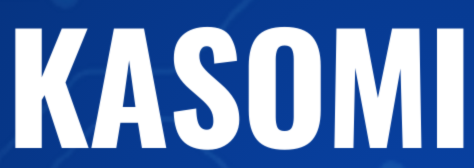What is a resume?
A résumé can be defined as a formal document that acts as a short summary of a candidate’s professional traits, background, experience, and skills. Resumes are crucial because they are typically used by recruiters and hiring managers to evaluate whether applicants are the right fit for a particular role.
Often, they’re looking for someone who has skills, experience, and achievements in that role or similar positions. When creating your document, it’s important to include information about all relevant roles you’ve held, the technical and soft skills you possess, the education and training you’ve received, and the results you’ve achieved.
What should be in a resume?
First, you’ll want to include your contact information, including your job title, full name, phone number, and email address. If you have a LinkedIn profile, you can include that information as well.
Your resume format should also include a professional summary that details how many years of experience you have, the personal traits that make you suitable for the job, and your achievements.
Next, you should write about your education and training, including the institutions you attended and the degrees or certifications you hold. Subsequently, include a skills section that details your relevant technical skills and soft skills.
After the skills section, write about your job history. You should include the name and location of each employer, the dates you worked there, the roles you held, and key responsibilities and achievements.
Finally, you can include a personal interests and hobbies section at the end that showcases the languages you speak and relevant volunteer work you have done.
How to make a professional resume?
When writing a resume, make sure that you maintain a professional tone, avoiding both industry jargon and casual language. As you select words to use in your resume, stick to strong action verbs and quantify your achievements to help convey the impact of your experience.
Additionally, you should tailor your resume for each position. This ensures that all the information it contains will be relevant to the job.
Those who are concerned about the time it takes to do this can consider using a resume builder. Resume maker tools offer industry-specific templates to help you quickly create professional documents. Templates from a resume generator will also help with incorporating the right format and language.
Be aware that many of today’s employers use online resume software called applicant tracking systems (ATS) for submission. These programs filter out documents that don’t include relevant keywords.
When tweaking your resume examples, make sure to include keywords from the job description to ensure your application makes it to the hiring manager’s desk.
Tips for preparing a resume
Unless the job description or company’s resume website indicates otherwise, your document should be no more than one page in length. As most resume articles suggest, the only exceptions are federal positions, academic jobs, and top executive roles that require a long history of experience. (1)
Additionally, it’s important to only include relevant details on your resume. Otherwise, you risk confusing the hiring manager and making it hard for them to find what they need.
It’s a good idea to ensure you’re only using up-to-date information and that you avoid embellishing any of your experience and accomplishments, as this can impact your trustworthiness.
Finally, check your grammar and spelling before submission, or hire a resume editor to do it for you. An error-free application definitely helps you make a good impression.
